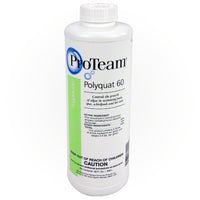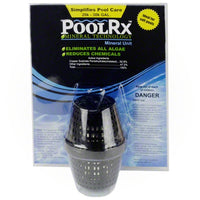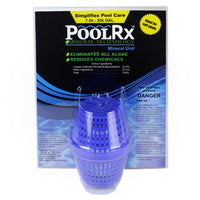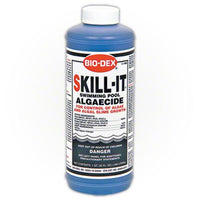Where To Put Chlorine Tablets In Your Above Ground Pool
Everyone loves to hit the pool on those hot days, but we often forget the work that needs to go into pool maintenance. One of the easiest ways to maintain water quality and safety is through use of pool chlorine, but where should you put those chlorine tablets in your above ground pool? There are three main options--here are some tips to help you choose.
In The Skimmer
It has long been believed that the ideal place to put your chlorine tablets is in your pool’s skimmer. As the water filters through, it will disperse the chlorine and keep your water at the appropriate level between 1-3 ppm. This is true, as long as the filter is running, but most filters are only run 8-12 hours per day. The problem with using the skimmer as your dispersal system is the fact that when the filter is turned off the tablet continues to dissolve. This will result in highly acidic water at the skimmer location, which can damage the lining in that area. And when the filter is turned back on, that acidic water can also damage the workings of your filter equipment. If you have a system in place for removing the tablet each day, this may be a good method for you, otherwise there are other great options.
Floating Dispensers
Not only are chlorine floaters easy to use, but they are inexpensive and now come in many fun shapes and sizes. You simply place your chlorine tablets in the floater (based on gallons of water in your pool), and it does the work for you. The downside to a chlorine floater is that it is a passive system, so sometimes it can get stuck in one spot for a period of time. As with the skimmer, this can result in a higher concentration of chlorine in that one spot, and again cause damage to your pool at that location.
Chemical Feeder
The most consistent option is a chlorine dispenser, or chlorinator, that will evenly and consistently keep your chlorine at the level at which you set the equipment, the optimum again being between 1-3 ppm. Chlorinators are separate devices that usually run at the filter site, and can use granular chlorine, chlorine tablets, or liquid chlorine, depending on chosen equipment. With a chemical feeder you should have no spikes in chlorine levels or acidity, nor should you experience a low- or zero-reading that can result in the growth of bacteria and green algae. You will still want to test your water daily to ensure proper levels, but an automated chemical feeder provides more consistency and less daily chemical maintenance.
Remember, NEVER disperse chlorine granules or tablets directly into the water. This is dangerous to swimmers’ health and will absolutely result in concentrations of chlorine that will damage your pool. Struggling with the chlorination of your pool? Contact us today to get the chlorine tablets and dispersal system that is just right for you.





Leave a Comment